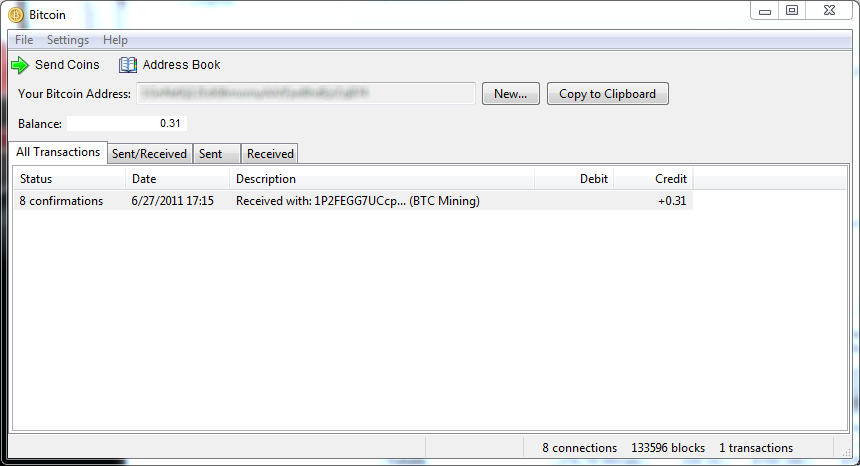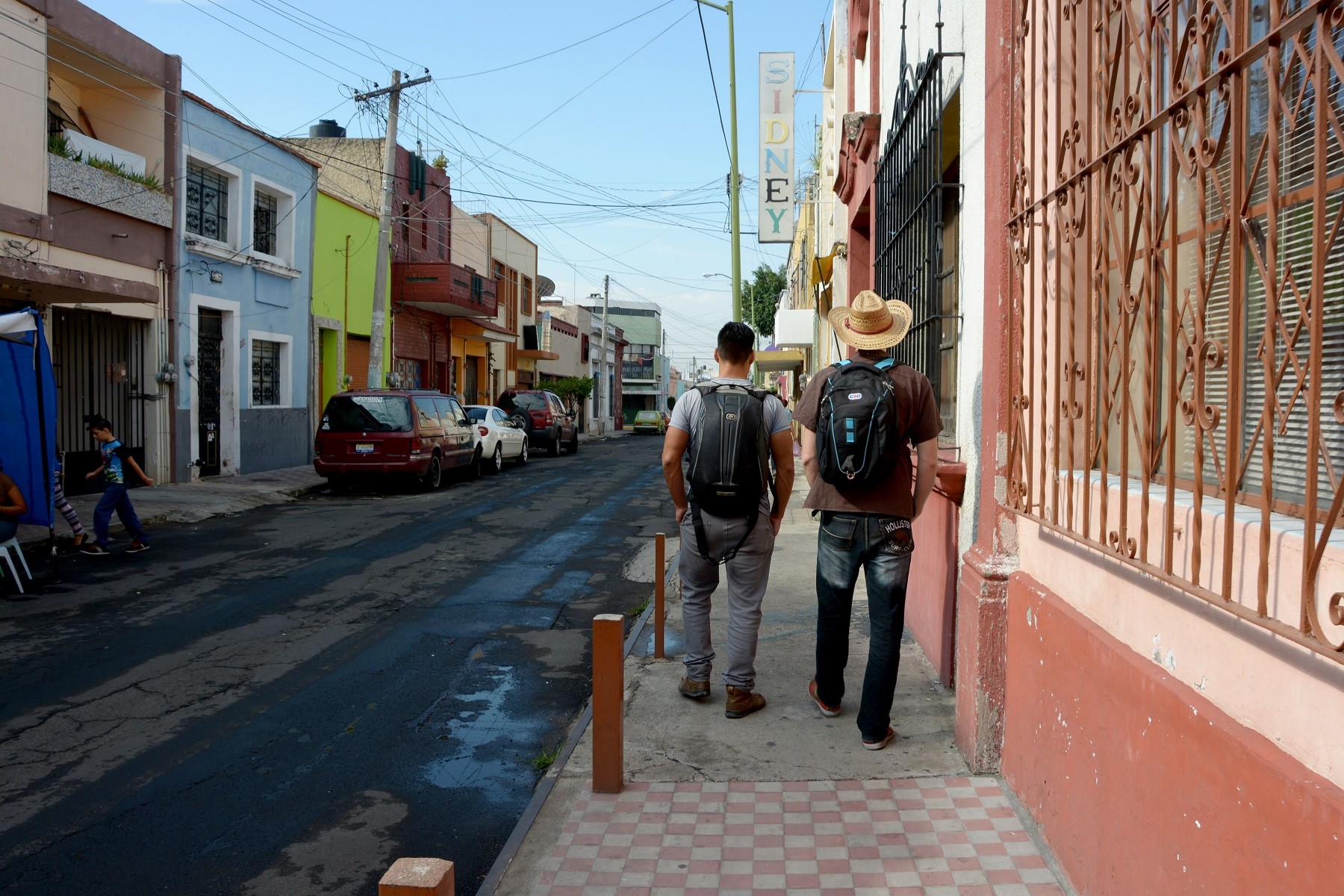Bitcoin’s problems
Many people believe that Bitcoin is always going to be on top of digital currencies, because it was the first currency of its kind to take hold, and it now has an established market cap. It’s true, Bitcoin is the only case of a widespread, functioning blockchain. However, Bitcoin is not without its problems, the most important of which is user experience.
How the hell do I use this thing?
If people can’t use Bitcoin easily, then it doesn’t stand a chance of taking off. If Bitcoin isn’t as easy to use as PayPal, if people have to use long weird-looking strings of 34 characters, if they have to use a wallet that looks like it was designed in Visual Basic in 1997 (or even 2007), why would they ever want to use it? Bitcoin is great, but it’s not so great that people who don’t know anything about it will look past its appearances to use it. Normal people don’t extend themselves to use new technology – only nerds and enthusiasts do that. Normal people wait for new technology to come to them, or at least meet them halfway. If someone has to understand the technology to use it, that technology is not ready for mass adoption.

How big can it really get?
The other main problem is scalability. When I first heard of Bitcoin, I was seduced by the idea of rapid transactions and low fees, thinking about how micropayments would change the face of the web. When my time preference was low, I would even make transactions without paying a fee, and saw it come through within a few hours. Now, if I try to make a Bitcoin transaction without a fee, it’s may take days, or perhaps never be processed. Unprocessed transactions frequently exceed 10,000. Micropayments, and even small payments, are a dream of the past, with transaction fees now greater than 30 US cents. The block size debate has gone unresolved for more than a year, which points to a greater problem.
Who is in charge here?
Bitcoin has no formal governance structure, and the only way to make a big change is to introduce a hard fork – creating a second Bitcoin, and hoping that everyone will come along with it. If the community cannot resolve a simple issue such as doubling the amount of data per block, what hope would it have to solve more complex problems? Bitcoin has apparently fallen prey to the one thing which we thought it would save us from – politics.
The funding for Bitcoin development has come from various sources – MIT Media Lab’s Digital Currency Initiative, the company Blockstream, Chaincode Labs Inc., Ciphrex, the Chinese exchange BTCC, and others. Do all these organisations have Bitcoin’s interests at heart? Of course there are powerful interests who would prefer to see it fail, and when money gets involved, there’s a big chance for there to be a central point of failure.

Dash’s solutions
Dash Evolution
Dash Evolution is an attempt to make cryptocurrency accessible to regular people – “cryptocurrency that your mum could use”. You’ll be able to send currency using a name which looks more like an email address than a computer error. You’ll also be able to log into an account from wherever you are, using your phone, your computer, or someone else’s computer, while still retaining control of your funds. The user interface will look something like PayPal or Venmo or an Internet banking site – something familiar and intuitive to many people.
The debate is settled on scalability
The Dash block size question was resolved within 24 hours, using a voting system among masternodes – all significant stakeholders in the currency. Yes, the problem which the Bitcoin community has continued to stumble over for months was overcome in just a day, without a hard fork, without any fork, just through a simple show of hands.
Formal governance
Dash has this voting system in place, so important changes can be made without having to introduce a hard fork. Moreover, funding for Dash comes from Dash itself. 45% of the Dash created goes to miners, 45% goes to masternodes, and 10% goes to a treasury – currently more than $1 million per year, which can be used, firstly, to fund the development team, working on creating a user-friendly product, but also to fund the website, marketing, customer support centres, training groups, and perhaps even public events like conferences and concerts.
In a very real sense, Dash owns itself. Masternodes must hold 1000 Dash, so when they vote, we know they are invested. When they vote on whether to fund a project, that’s going to be an important factor. And the people who complete projects are, of course, paid in Dash, so they have an incentive to help it grow.
Conclusion
There are problems on the surface of Bitcoin, and the superficial problems are reflective of deeper issues – ones of economic incentives. The economic incentives of Dash are far superior, and the wheels are in motion to allow Dash to take off – not just with crypto-nerds, but with the general public.
Additional resources
Check out dash.org.
And here are some cool videos to watch on the subject:
Donate Dash
If you have some Dash you want to share, this is my address: Xo5fNe1fQGxDYAxKSqBoSqEzZYkCMTCZyB

3 comments for “Bitcoin vs Dash – Which is the currency of the future?”